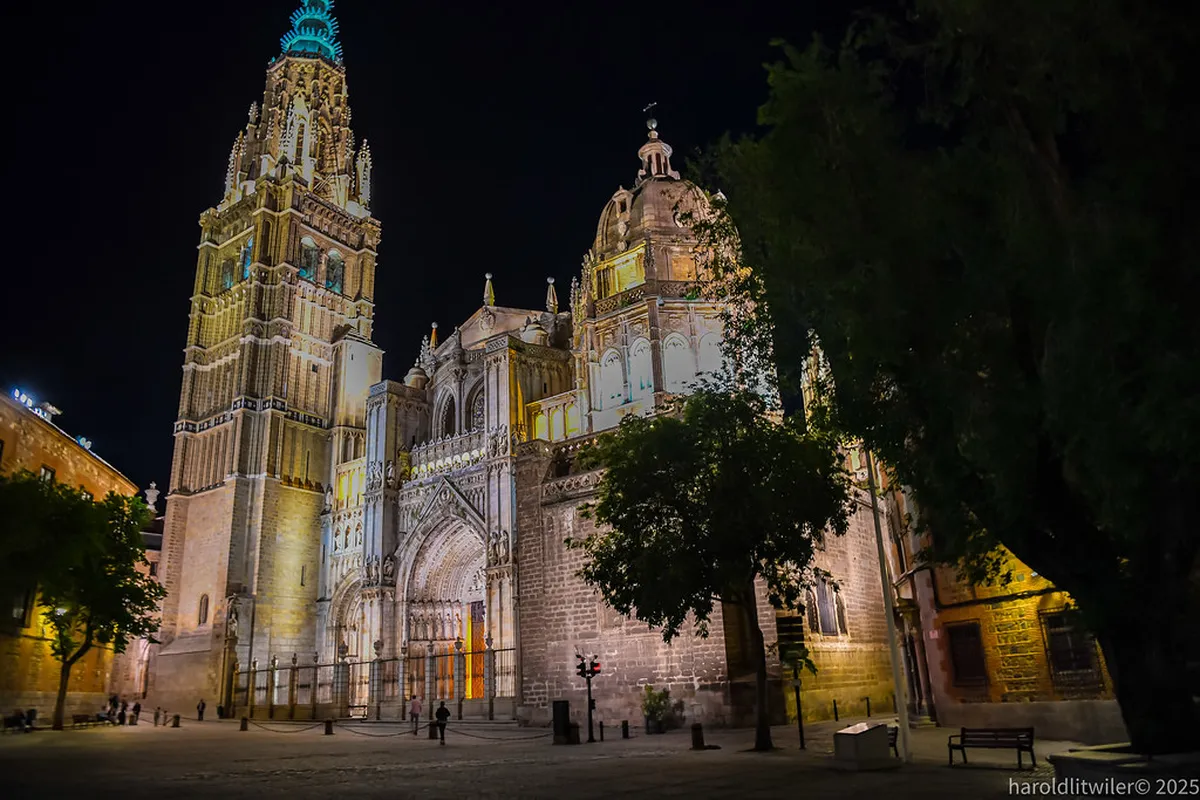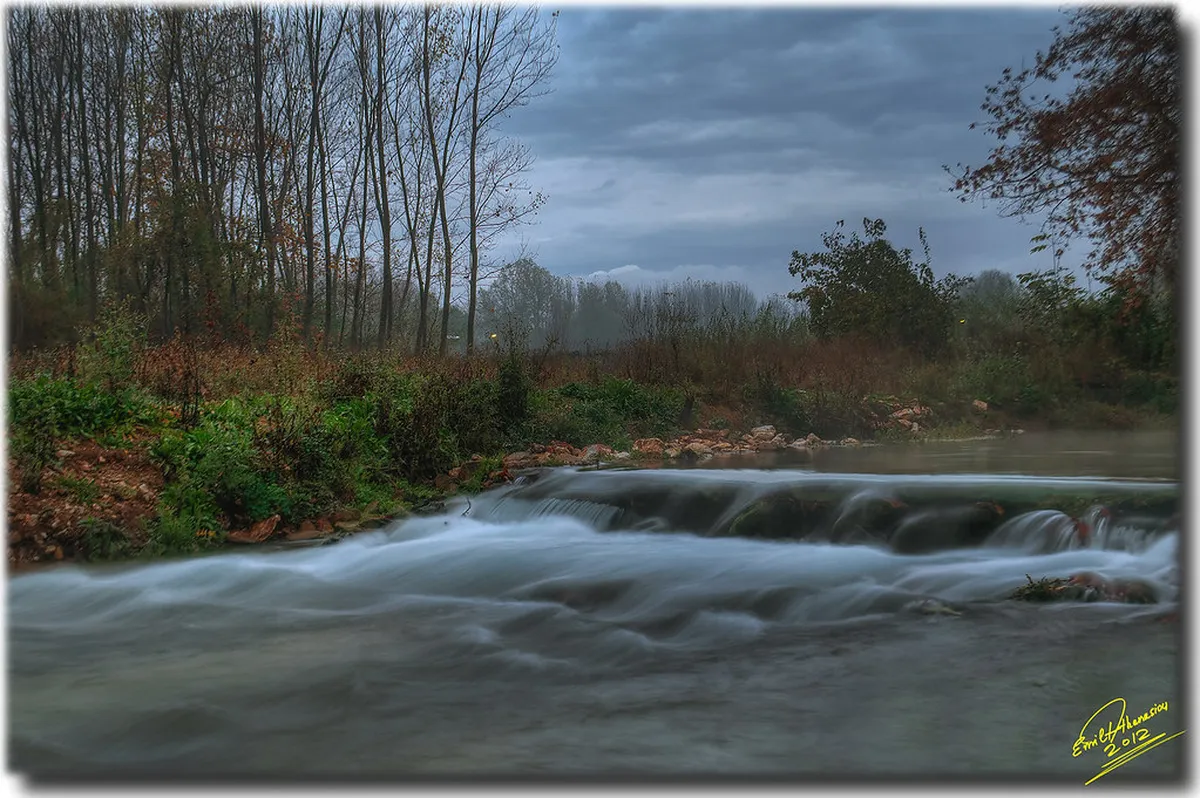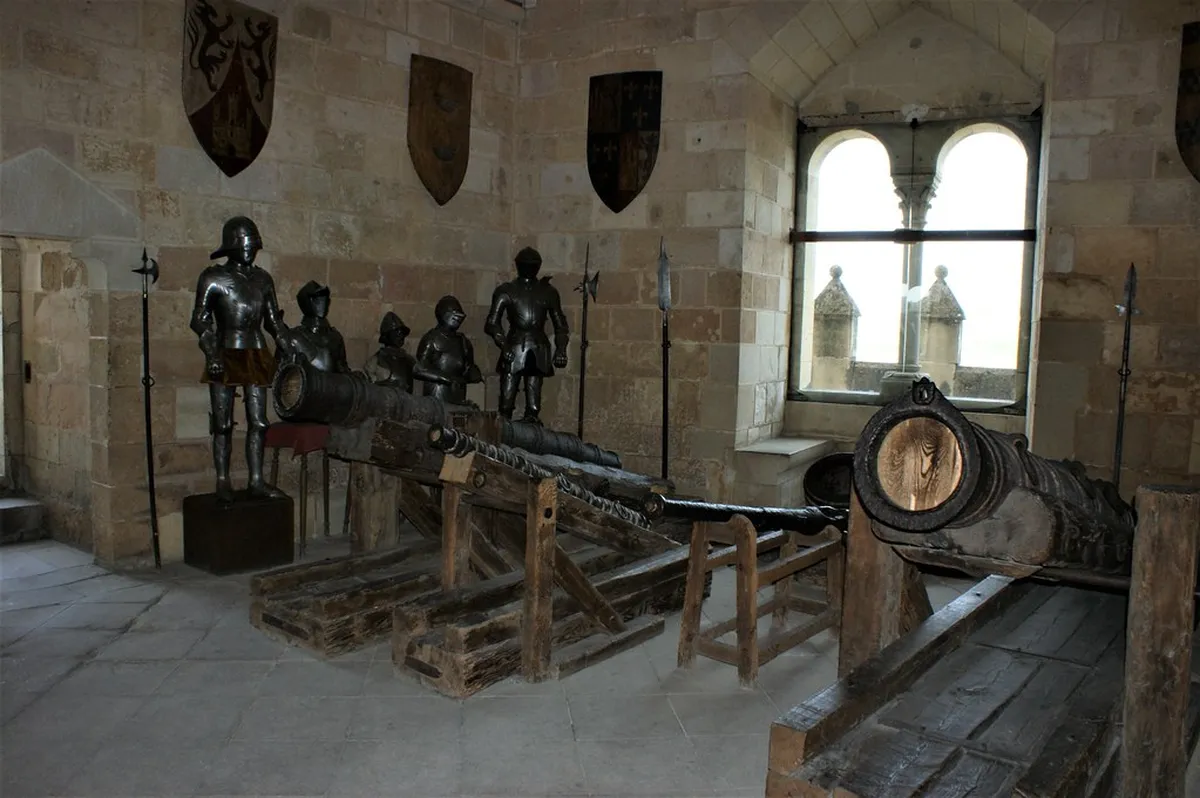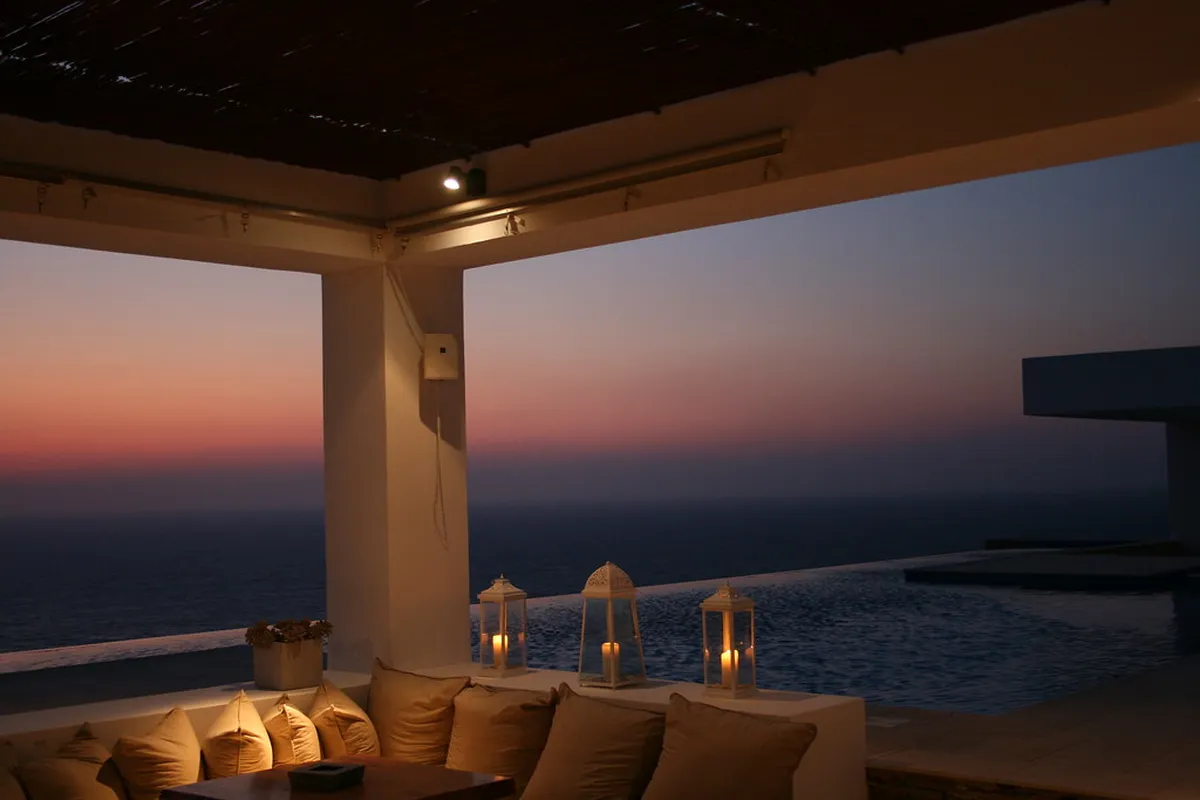Discover Viterbo Historical Sites: Ancient Wonders Await
Viterbo, known as the "City of Popes," boasts a rich and fascinating history. Its medieval heart offers a journey back in time. Discover ancient squares, impressive palaces, and hidden corners. This city in the Lazio region promises discovery.
This guide will thoroughly explore Viterbo historical sites, revealing their unique stories. You will uncover secrets from Etruscan times to the Papal era. Prepare for an unforgettable exploration in 2025. Viterbo's past truly comes alive here.
Planning your visit is easy with our detailed Viterbo itinerary for first-timers. This ensures you experience the best. Experience the magic of this remarkable Italian city. Getting around Viterbo is also simple with our helpful transportation tips.
Explore the Grandeur of Palazzo dei Papi
Plan this trip faster with our free online itinerary maker. Get a personalized day-by-day plan in minutes.
The Palazzo dei Papi, or Papal Palace, stands as a grand symbol of Viterbo's power. It served as a papal residence in the 13th century. Popes sought refuge here from political turmoil in Rome. This impressive structure truly dominates Piazza San Lorenzo.
Its most striking feature is the Loggia delle Benedizioni. This beautiful arcade offers stunning city views. Imagine popes addressing crowds from its elegant arches. The loggia's elegant design is a true masterpiece. The palace highlights Viterbo's significant role in history.
Inside, you can explore several well-preserved rooms. The Conclave Hall hosted the first-ever papal conclave. This historic event set the precedent for papal elections. Here, the phrase "habemus papam" originated. Discover the echoes of history in these hallowed halls.
The palace is open daily, usually from 10:00 AM to 6:00 PM. Admission costs around 8-10 EUR for adults. Prices may vary slightly in 2025. Guided tours are often available to enhance your experience. These tours provide deeper historical context.
You can find the palace next to the Duomo di San Lorenzo. It's a central part of any Viterbo walking tour. Combine your visit with nearby historical attractions. Discover more about Viterbo's must-see attractions. Don't forget your camera for incredible views.
Wander Through the Medieval San Pellegrino Quarter
The San Pellegrino Quarter is Viterbo's medieval heart. It remains one of Europe's best-preserved medieval districts. Narrow cobblestone streets wind through ancient buildings. You will feel transported back to the 12th century.
Look for the distinct "profferli," or external staircases. These unique architectural features connect houses across alleys. They create charming and picturesque passages. Stone arches and courtyards add to its old-world charm. Many homes feature small, intricate details.
Many buildings feature characteristic peperino stone. This local volcanic rock gives the district its dark, rugged look. Wander freely and get lost in its enchanting atmosphere. The quarter is perfect for quiet exploration. Imagine life as it was centuries ago.
The quarter is accessible 24/7, with no entry fee. Consider visiting during early mornings or late afternoons. This avoids larger crowds and offers better light. You might find small craft shops or traditional cafes here. Enjoy local Viterbo food in an authentic setting.
Wear comfortable shoes for walking on uneven surfaces. The area is easily explored on foot as part of a general Viterbo itinerary. This truly ancient part of Viterbo is a highlight. Find more free things to do in Viterbo while exploring. It's an essential stop for historical enthusiasts.
Discover the Viterbo Cathedral (Duomo di San Lorenzo)
The Duomo di San Lorenzo stands proudly in Piazza San Lorenzo. It is Viterbo's main cathedral. Its origins trace back to an 8th-century church. However, its current appearance is mostly Renaissance, with a Baroque facade.
The Gothic bell tower, built in the 14th century, is truly impressive. Its distinct black and white stripes catch the eye. The interior features a stunning ceiling and beautiful artworks. Look for the ancient baptismal font, a historical treasure.
One of the cathedral's most notable features is its Romanesque crypt. Though usually closed, it dates back to the original structure. The main altar houses important relics. The quiet atmosphere offers a moment for reflection. It’s a key part of Viterbo historical sites.
The cathedral sits right next to the Papal Palace. This proximity highlights their shared historical significance. Both structures played key roles in papal affairs. The Piazza San Lorenzo forms a magnificent historical complex. It is a focal point of medieval Viterbo.
Admission to the cathedral is generally free. Modest dress is recommended out of respect. Opening hours are usually 9:00 AM to 1:00 PM and 3:00 PM to 6:00 PM. Always confirm current times for your 2025 visit. Plan your visit to this important Viterbo must-see attraction. Learn how to reach Viterbo to see this architectural gem.
Uncover Ancient Secrets in Underground Viterbo
Beneath Viterbo's bustling streets lies another fascinating world. Underground Viterbo, a network of tunnels and caves, holds many secrets. It spans centuries of the city's development. Exploring these hidden passages is truly unique.
The underground structures date back to Etruscan times. Later, Romans and medieval residents used them extensively. They served as quarries, cellars, and escape routes during sieges. Some passages even connected directly to the Papal Palace, offering discrete access.
Guided tours are essential to explore these depths safely. They typically last about an hour and are highly informative. Tours offer fascinating insights into Viterbo's past. You will learn about its geology and unique history. Knowledgeable guides bring the past to life.
The entrance to Underground Viterbo is often near Piazza della Morte. Ticket prices are typically 10-12 EUR per person. Booking ahead is highly advisable, especially in peak tourist season. Check for 2025 availability and tour times online. Dress warmly, as it can be cool underground even in summer.
This experience is highly recommended for those interested in Viterbo historical sites. It offers a different perspective on the city's layers. It's a truly unique aspect of Viterbo's must-see attractions. Consider combining this with other historical sites for a comprehensive Viterbo itinerary. This underground journey is unforgettable.
Fortifications: Rocca Albornoz and City Walls
Viterbo’s impressive city walls entirely encircle the historic center. These medieval fortifications stretch for several kilometers. Seven grand gates provide entry into the ancient city. They stand as a testament to Viterbo's defensive past and resilience.
The walls offer a sense of grandeur and protection. You can walk along certain sections for unique views of the city. Look for Porta Romana and Porta Fiorentina. These are some of the most notable gates, still standing strong. They highlight the city’s strategic importance.
Inside the walls, near Porta Fiorentina, stands Rocca Albornoz. This formidable fortress was built in the 14th century. Cardinal Gil de Albornoz commissioned its construction. It served both defensive and residential purposes. The fortress later became a prison.
Today, Rocca Albornoz houses the National Etruscan Museum "Rocca Albornoz." The museum displays artifacts from the region's rich Etruscan heritage. Discover pottery, bronzes, and funerary items. These exhibits offer vital context to Viterbo's ancient roots. It truly deepens your understanding of Viterbo historical sites.
Entry to the museum is around 6 EUR. Students and seniors often receive discounts. Check the 2025 opening hours, typically 8:30 AM to 7:30 PM. Exploring the walls is a free thing to do in Viterbo. The museum offers deeper insights into the ancient roots of Viterbo historical sites. Don't miss this crucial piece of history.
Frequently Asked Questions
What are the most significant Viterbo historical sites to visit?
The Palazzo dei Papi is a must-see. The San Pellegrino Quarter offers medieval charm. Don't miss the Duomo di San Lorenzo. Underground Viterbo reveals ancient secrets. These are key for exploring Viterbo historical sites. They showcase the city's rich past.
How much time should I dedicate to exploring Viterbo's historical areas thoroughly?
Plan at least a full day to see the main sites comfortably. A two-day Viterbo itinerary allows for deeper exploration. This lets you savor the atmosphere without rushing. Consider extending your stay for nearby Viterbo day trips. These include enchanting towns and nature reserves.
Are Viterbo's historical sites accessible for all visitors in 2025?
Many sites are within the walkable historic city center. The San Pellegrino Quarter has uneven cobblestones. Some areas may pose challenges for mobility-impaired visitors. The Underground Viterbo involves stairs. Always check specific accessibility for each location before your visit.
What is the best time of year to explore Viterbo historical sites?
Spring (April-May) and Fall (September-October) offer pleasant weather. Crowds are also generally smaller during these seasons. Summers can be quite hot, especially in July and August. Always check the best time to visit Viterbo for optimal conditions.
Viterbo's historical sites offer a captivating journey through time. From papal grandeur to ancient Etruscan roots, history truly lives here. Its well-preserved medieval quarter enchants every visitor. Each corner whispers tales of centuries past.
Plan your 2025 trip to Viterbo and step into the past. This comprehensive guide helps you explore Viterbo historical sites with ease. Discover why this city remains a hidden gem in the Lazio region. It offers a truly authentic Italian experience.
For comfortable stays, check out the best Viterbo hotels for first-timers. These options provide great bases for your adventures. Consider the Itimaker website for all your travel planning needs. Your historical adventure awaits in beautiful Viterbo!
Key Takeaways
- Viterbo offers diverse historical sites, from medieval to Etruscan.
- Palazzo dei Papi and San Pellegrino Quarter are unmissable highlights.
- Many sites are walkable within the historic city walls.
- Guided tours enhance the Underground Viterbo experience.
- Confirm opening hours and costs for 2025 before visiting.
- Wear comfortable shoes for exploring cobblestone streets.



